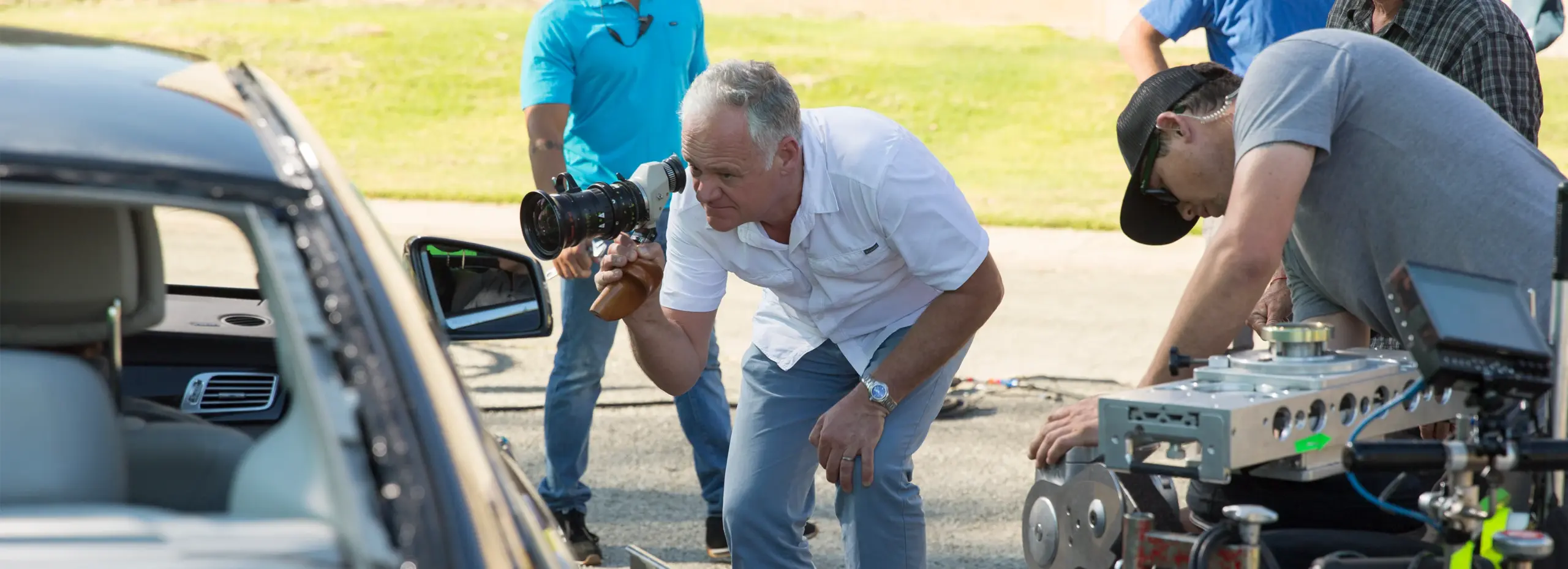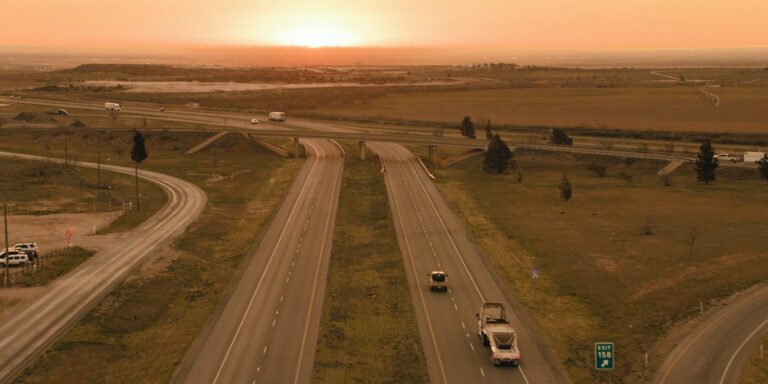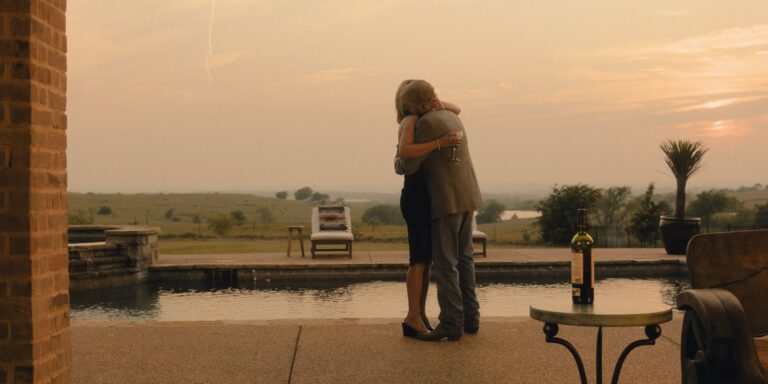Let’s just get it out of the way — Robert McLachlan knows how to make West Texas look jaw-dropping, gritty, and downright mythic, often all in the span of a single “Landman” episode. Plenty of viewers tuned in for Taylor Sheridan’s spicy oilfield drama, but let’s be real, that breathtaking visual feast kept us glued.
We’re not talking postcard sunsets and tumbleweed clichés either. No, McLachlan delivers Texas the way it smells — dust, diesel, dreams, blood — and you can almost feel it sticking to your boots by the second scene. So, how exactly did he wrangle the Lone Star landscape for “Landman”? Grab your sunhat, because this is a wild ride through the lens of a true master.
- Who Is Robert McLachlan, Anyway?
- Building the Visual Bible for “Landman”
- Color Like You’ve Never Seen
- Where You Set the Tripod Matters
- Classic Westerns Get a Modern Upgrade
- Moments in Motion: It’s All in the Details
- People and Place, Bound Tight
- The Audience Reaction: Social Buzz and Critical Praise
- Why The Cinematography Sticks With You
- Riding Off Into the Glow
Who Is Robert McLachlan, Anyway?
Before we drill into the oil-soaked visuals, let’s tip our hat to the dude with the camera. Robert McLachlan didn’t wake up one morning in a cowboy hat and jump right onto “Landman.” Nope, his journey started way further north, in the cool forests of Canada. Believe it or not, he rolled into cinematography after a detour in competitive cycling and a stint studying at Simon Fraser University. Greenpeace documentaries were his first film gigs. From there, he jumped into TV, picking up top-tier credits faster than a wildcatter hitting gushers.
Maybe you caught his shadowy work on “Millennium” (where he bagged awards for those moody shots). HBO’s “Game of Thrones” snatched him next, dropping him into a pool of dragons and backstabbing royals. McLachlan helped stitch together that world with a whole platoon of “Thrones” cinematographers — it was wild, complicated, and taught him how to find magic in chaos. Before “Landman,” he worked wonders on “Ray Donovan.” There, he mixed film noir’s smoky grit with some 1970s flair, proving he knows how to squeeze atmosphere from even the dustiest alley.
So, when Taylor Sheridan rang with a Texas-sized offer, McLachlan didn’t hesitate. He just dusted off his boots and got to work.
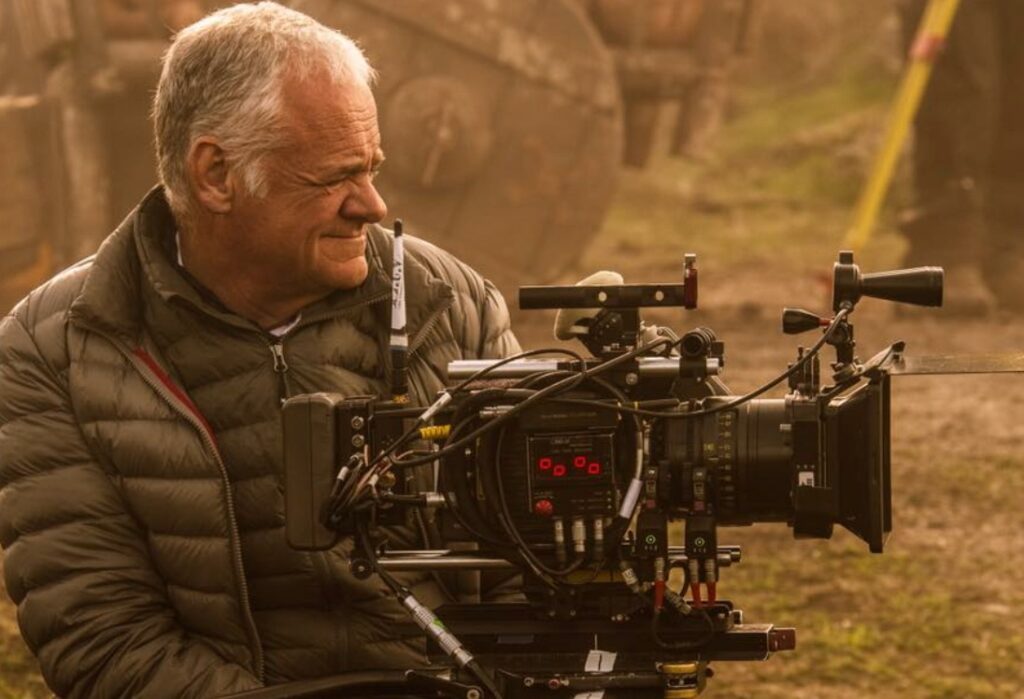
Building the Visual Bible for “Landman”
Let’s talk vision. McLachlan didn’t bring some generic TV playbook to West Texas. He brought a full-blown visual philosophy.
First, he slowed down to savor the setting. Every frame takes its time, especially those heroic wides. The camera drinks in skies so big you wonder where they end. Oil rigs stand like metal dinosaurs against that endless blue, while fields roll out into forever. But don’t think he’s just showing off the scenery. Those big shots? They remind you this land is impressive, sure, but also indifferent. Texas is no safe friend. It’ll chew you up if you let your guard down.
Still, McLachlan keeps things moving. When the story tightens, so does his camera. Suddenly, we’re inside the cabs of trucks, oil splattered across tired faces, backroom deals whispered in dim-lit offices. He dives into close-ups that catch every micro-reaction — the twitch of a brow, the clench of a jaw. You feel every decision and mistake.
And hey, here’s the power move: he makes those wide-open plains feel claustrophobic when things go wrong. One moment, characters look tiny under that big sky. The next, the land seems to close in on them. That’s not just good TV. That’s high art.
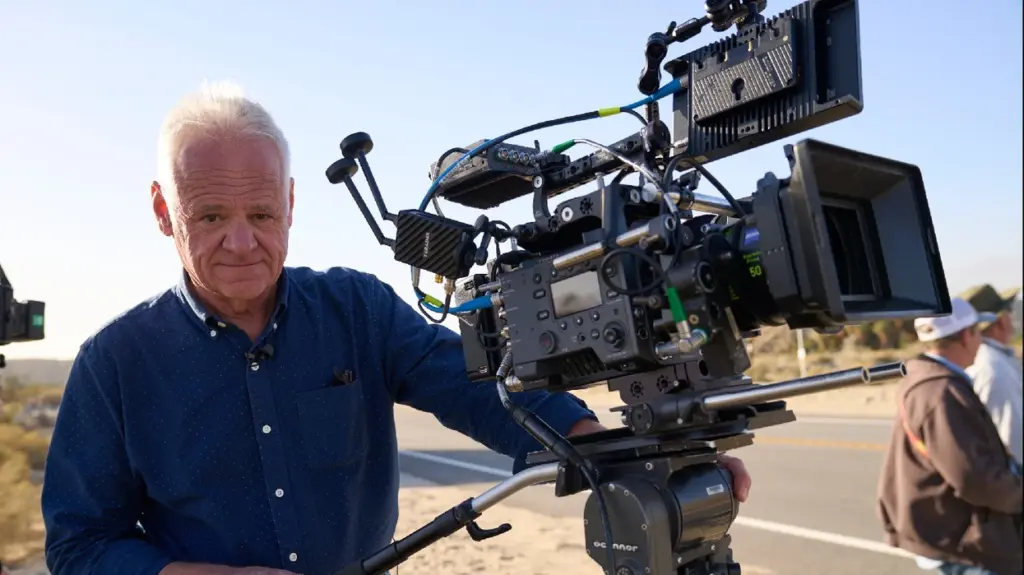
Color Like You’ve Never Seen
A conversation about “Landman” has to pause for the color. Forget Instagram filters. McLachlan roams right inside the Texas palette.
- Rusty oranges and desperate browns blanket the horizon.
- Sun-bleached grasses flicker yellow and white.
- Vestiges of dusk pour purple and navy into the dust.
But don’t mistake this for cosplay. The color feels authentic. Sweat stains and faded denim demonstrate that things — and people — do not stay clean for long. Every shade, every spot of dust, earns its keep.
He hunts light like a predator. Natural light pours through cracked windows. Morning sun glares across pumpjack silhouettes. Night? That’s just a world of headlights and neon, wrapping every oil tycoon, dreamer, and drifter in shadow. It looks dangerous and cool.
Where You Set the Tripod Matters
Now, authenticity isn’t just about colors and lighting tricks. McLachlan insisted on real West Texas locations. He avoided fake backlots like a rattlesnake in a swimming pool.
- Filmmakers shot in and around Fort Worth, deeply rooted in the real oil scene.
- Boardrooms feature the actual headquarters of the American Association of Professional Landmen.
- Cigar smoke curls in the hallowed halls of the Fort Worth Petroleum Club.
- You’ll spot Texas Christian University if you keep your eyes peeled.
Clearly, every brick, every desk, every shot of blindingly white-hot pavement screams “real.” The result? You believe these people built their empires and broke their backs right here. You can practically taste the grit every time a rig goes up or a secretary swats a fly in a sweltering truck.
Classic Westerns Get a Modern Upgrade
You can’t make a Texas series without tipping your (ten-gallon) hat to Westerns. McLachlan and Sheridan love an Old West frame — wide, steady, awash in natural light. It’s a quiet kind of cinematic confidence. They hold shots longer than most, just soaking up the drama.
Yet “Landman” isn’t stuck in the past. The camera moves, sometimes sharp and fast when deals go sideways, or when a land grab turns dirty. There’s a restless energy, almost like the land itself wants to keep shifting. The old-school Western romance collides with modern grit.
Let’s break it down:
- Long takes and big skies? Pure cowboy classic.
- Quick cuts in boardrooms and oilfield chaos? That’s 21st-century swagger.
- One foot in legend, one kicking oil stains off the porch.
And yeah, sometimes the lines blur — one minute it’s “Giant,” the next it’s “Succession” on a pumpjack.
Moments in Motion: It’s All in the Details
You spot McLachlan’s fingerprints all over the small stuff. He pays fierce attention, right down to:
- The way headlights cut across a midnight highway.
- How a boot stirs up the dust just before a deal is struck.
- The sadness in an empty lunchbox at sundown.
He avoids melodrama. There’s no soft-glow filter when a widow stares out over the field her late husband died to drill. If anything, McLachlan’s lens brushes past sentiment and lands on hard honesty, adding beat-up poetry to every scene.
People and Place, Bound Tight
If you watched “Landman” for the gorgeous faces — Billy Bob Thornton, Demi Moore, Jon Hamm — you get it. But McLachlan doesn’t show off just to flatter the actors. He uses faces to connect land and people. He’ll push in on crow’s feet, sunburn, cigarette burns. The camera lingers on hands — rough, calloused, shaking. It doesn’t gloss over hard work. Oilfield folk and billionaire bosses both look like the land shaped them, stubborn and scarred. Even boardroom champions — sharply dressed, calculating — can’t escape those little tells.
The Audience Reaction: Social Buzz and Critical Praise
Scroll through fan forums, and you’ll catch recurring love for the visuals. Folks rave about “pure cinematic manna” in the subreddit r/Landman. On X (formerly Twitter), people share screengrabs of sunrises and shadowy bar brawls. Critics picked up fast too — Variety praised the “texture and tactile reality” of McLachlan’s work, while the Houston Chronicle said the series “makes you sweat just watching.”
Why The Cinematography Sticks With You
Face it — plenty of shows lay on mood and style, but “Landman” makes it feel like part of the story’s muscle. Sherman’s scripts dig into greed and longing, but McLachlan’s visuals show you why those feelings matter: the world can chew up almost anyone. Big-shots, nobodies, it doesn’t discriminate.
You never just watch Texas — you live in it for an hour a week, and honestly, you might start itching for a bottle of water. The scenes breathe, sweat, and sometimes, even hope.
Riding Off Into the Glow
Let’s be honest, it takes a rare visual artist to breathe new energy into Texas myth. Robert McLachlan gives “Landman” its heartbeat, shaping a world that’s bitter, beautiful, and full of contradiction. The man’s camera finds poetry in rugged machinery and lilies pushing up through spilled oil.
So, next time you find yourself staring at those enormous, blazing shots, tip your hat to the guy directing the sun. McLachlan didn’t just lens West Texas — he gave it swagger, soul, and maybe a bit more truth than anyone expected.

